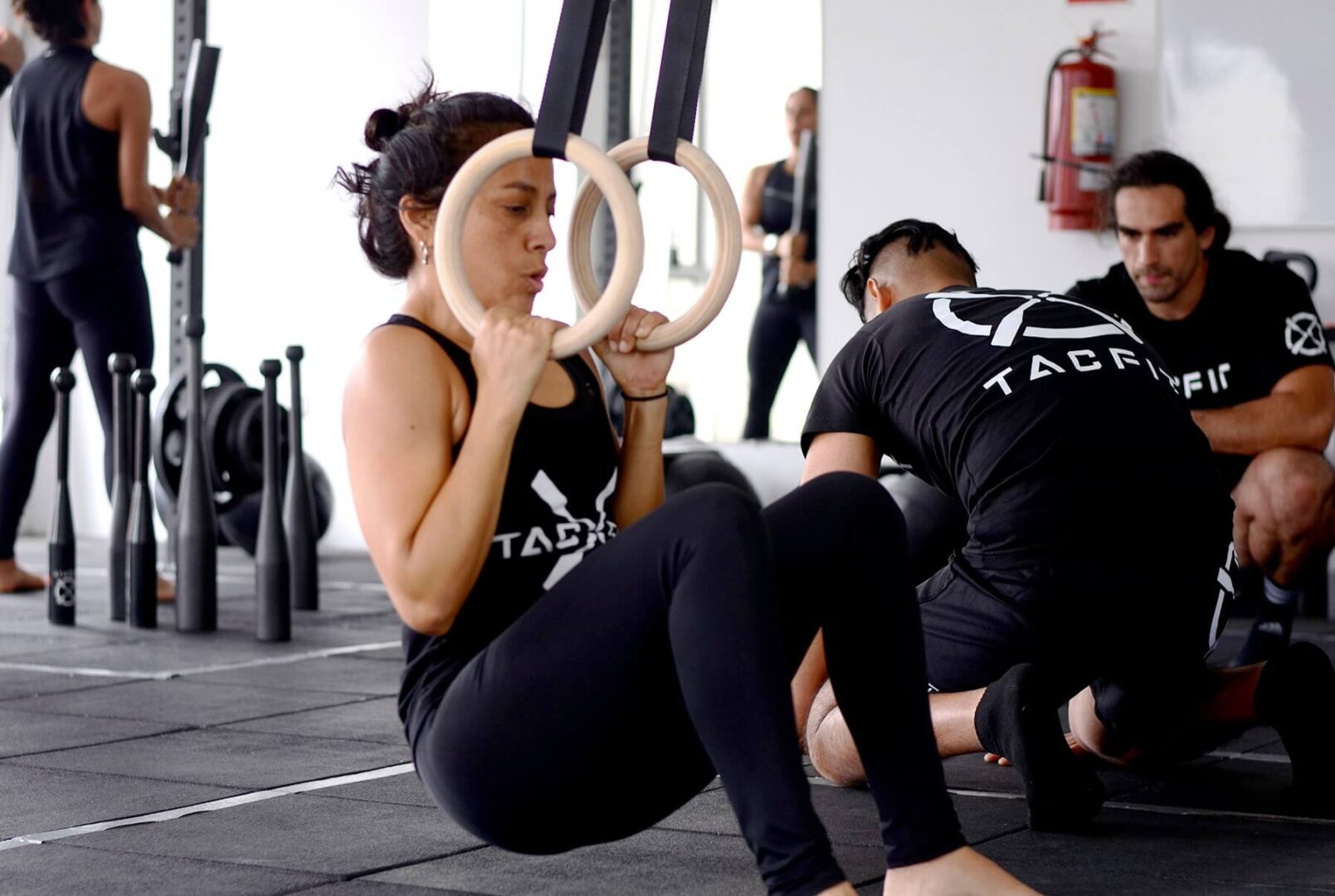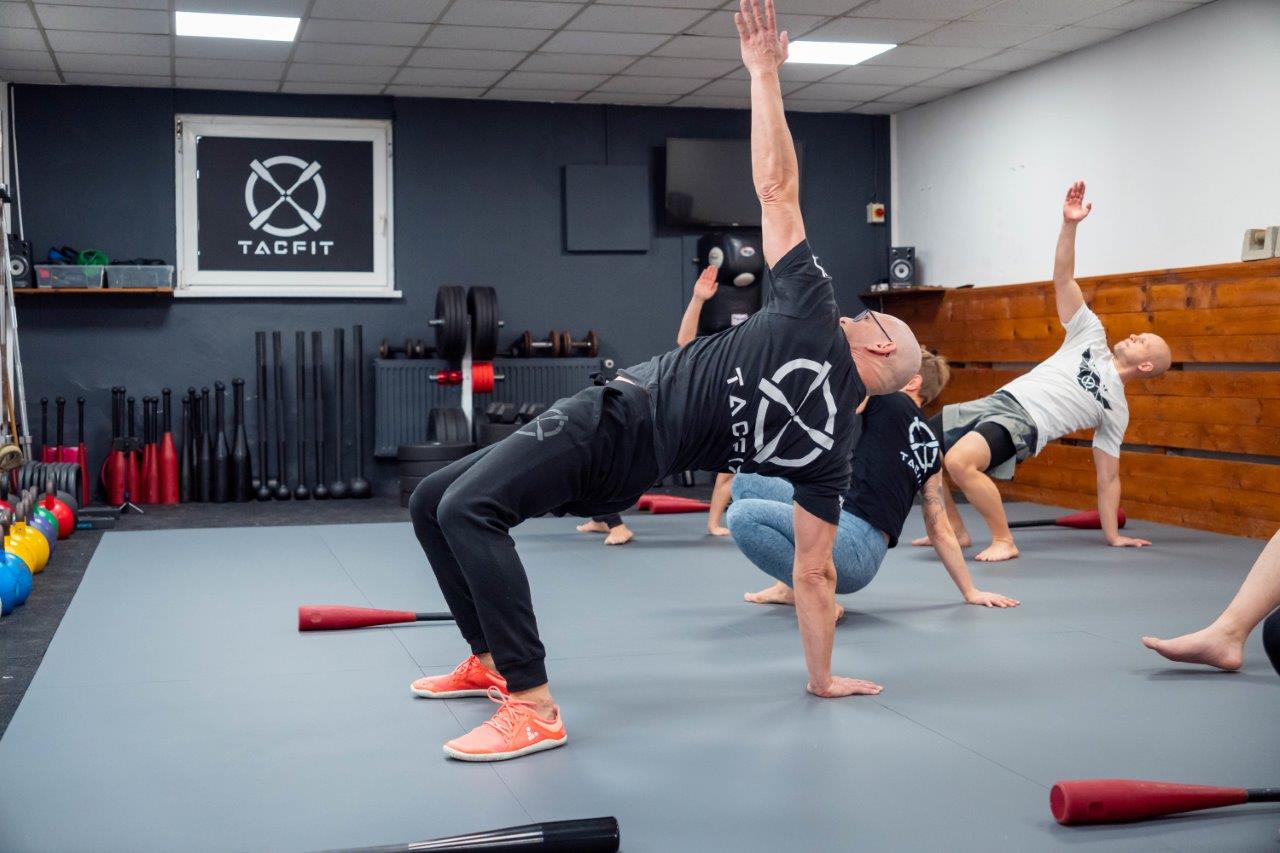Monitor your pulse rate to know the intensity level of physical exercise and how to change that intensity to match your intended goals. Despite that wearable sensors for physical exercise have become widespread, not everyone reviews the literature on methods. If you are new to using pulse for fitness, this primer explains the basic rationale for optimal use. If you have been struggling to achieve optimal fitness results, then a (re)visit to your target intensity zones may help and will only involve that you do some simple math below.

Heart rate monitoring is a widely accepted method for assessing the intensity of your physical exercise. As your intensity level increases, your heart beats faster, reflected in a higher pulse in beats per minute (bpm). Monitoring and adjusting your heart rate allow you to match the intensity level of your workout to your desired outcomes.
The simplest way to link your pulse rate to your goals is to factor your heart rate maximum (HRmax) percentage. Though variable to individualized differences in people, the most basic HRmax method uses the formula of 220 minus your age (Riebe, 2008). For example, at 40 years old, 100% of HRmax is 180bpm; 50% of that HRmax would then be 90bpm.
HRmax percentages can be used to target your exercise intensity level through zones (Physical Activity Guidelines Advisory Committee, 2008). Take a moment to write these zones for yourself. First, factor your age subtracted from 220. That number is the beats per minute of 100% of your heart rate maximum (or your 100%HRmax).
Next, create a simple chart for yourself:
Low intensity exercise zone is less than 64% HRmax. For your low intensity workout range, multiple that number by 0.64. Everything one bpm lower than that number is low intensity exercise.
- Moderate intensity zone is 64-76% HRmax. Multiple your 100% HRmax by 0.76. Everything between the result of your 64% HRmax (above) and this next number, 76% HRmax, is your moderate intensity exercise.
- High intensity zone is greater than 77% HRmax. Everything one bpm higher than the result of your 100% HRmax multiplied by 0.76 is your high intensity exercise zone.
This training intensity distribution can form a schedule if you consider evidence on how much of exercise should be spent in each of these zones. Contrary to the attitudes of unsuccessful athletes (that more intensity is always better), elite athletes spend three quarters or more of their training time at low to moderate intensity exercise, and only approximately a quarter of their training time at high intensity levels (Stöggl & Sperlich, 2015). John Wagle (2017), now the head performance coach of the Kansas City Royals, further explains adaptation to high intensity exercise requires three days, which Dr. Wagle describes as “surfing the intensity curve” (p.52).

So, essentially, your training intensity distribution becomes a wave to surf. The bulk of your time is spent below high intensity exercise. The most frequently you go high intensity is once every four days. This 4-day wave incorporates a low intensity day, moderate intensity day, a high intensity day, and then a day of no intensity to optimally recover.
Physical exercise is a stress to the body that requires time to positively adapt. Train too intensely, too often, and the reverse happens: positive stress becomes negative. Negative stress can compromise the system. Since your body cannot tell the difference between stress, if your day is highly emotionally, mentally, physically, socially, financially, or occupationally stressful, you may need to downshift to a lesser intensity workout. The clinical rule of thumb is, to positively adapt to your exercise, the more stressful your day, the lighter your workout should be (Chaitow & Gilbert, 2013).
Recovery is based on how well you adapt to physical exercise during sleep. So, also consider researching how to monitor sleep to know specifically how your body has adapted to the prior days of exercise. Your sleep biometrics inform the intensity of exercise you are ready to perform that day.

Tracking your heart rate during exercise can be a valuable method for optimizing your workout selection and performance. A little math can help you target the selection and adjustment of your exercise to match your optimal adaptation. Wearable monitors can help, but even knowing how to find your pulse with your fingers to your neck to check your heart rate will allow you to adjust your workout while you are performing it: slowing down when your heart rate is too high and ramping up if your heart rate is too low. Since positively adapting to your workout is required to achieve the results you want, consider a training wave of different intensity days. Evidence suggests a four-day wave of no, low, moderate, and high intensity days.
REFERENCES
Chaitow, L. & Gilbert, C. (2013) Recognizing and Treating Breathing Disorders: A Multidisciplinary Approach 2nd Edition. Churchill Livingstone. 8-9
DeWeese B., Wagle, J., & Bingham, G. (2017). Let the rhythm hit them: Adjusting the tempo to skillfully surf the intensity curve. Techniques, 10(4). 52-59.
Physical Activity Guidelines Advisory Committee. (2008). Physical Activity Guidelines Advisory Committee Report, 2008. U.S. Dept of Health and Human Services. Washington, DC.
Riebe, D., et al. (2008). General Principles of Exercise Prescription. ACSM’s Guidelines for Exercise Testing and Prescription. 10th Ed. Wolters Kluwer/Lippincott Williams & Wilkins. 143-179.
Stöggl, T. L., & Sperlich, B. (2015). The training intensity distribution among well-trained and elite endurance athletes. Frontiers in Physiology, 6, 295.
